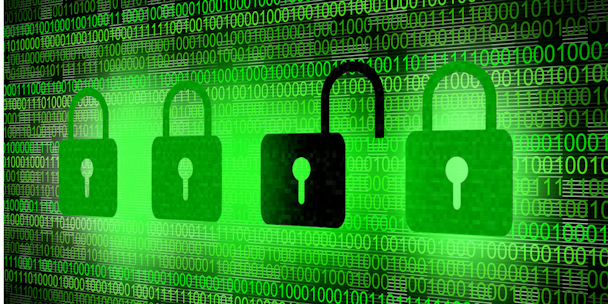Lessons on preventing ad fraud and how to seal the cracks
There is no magic fix to ad fraud, however the industry is playing its part in sealing the cracks that the swindlers like to slip through.

Lessons on preventing ad fraud and how to seal the cracks
Until there is fiscal consequence, there will be no real impact to the fraudster even when detected, believes Method Media Intelligence founder and director of research, Shailin Dhar
Ahead of a panel on ad-fraud at Programmatic Punch NY, at which Dhar is a speaker, he talks to The Drum about the fraudsters and what can be done to seal the cracks.
What are the main issues that the industry should be aware of?
Firstly, verification companies charge on a CPMbasis, which incentivizes them on a higher volume of impressions: quantity over quality. If the actual company taking responsibility for mitigating/reporting fraud is incentivized financially for fraud to exist, that's a huge concern.
Second is the issue of sampling; almost all verification companies only scan a sample of the impressions they are paid to monitor. Sampling only works if it’s done randomly, which is not possible in real-time bidding when you don't know the characteristics of each impression beforehand. The technical necessity for sampling is also there, because most verification checks take way too long (100's of milliseconds) to be implemented on every impression without slowing down ad delivery.
What are fraudsters doing to slip through the cracks?
I would call them open doors, not cracks. It is still so easy to sustain a business on fraudulent web traffic because it is easy to slip into the currently murky supply chain of adtech. If you are a fraudulent publisher, you are insulated by your ad-network. If you are a fraudulent ad-network, you are insulated by your SSP. If you are an SSP with fraudulent publishers, you are insulated by the exchange and DSP.
Until there is a financial consequence, in the form of refunds to the advertiser, there is no real impact to the fraudster even when fraud is detected.
How is Method Media Intelligence auditing against ad fraud?
We use an exoneration method in our tracking of campaigns; guilty until proven innocent. Almost all verification companies in adtech use the incrimination philosophy, which means they assume everything is a human unless they can see signs of robotic behavior, generally taking 500 milliseconds or more. We focus on a local check to verify a human machine that takes five milliseconds or less.
We also take ad server log files from our clients and do a full analysis rather than relying only on aggregate reports.
What tech is being used to detect adfraud?
There are lots of sophisticated tech being used to detect adfraud but it is unfortunately become increasingly irrelevant. Many of the algorithms are based on the concept of anomaly detection, which was founded on the notion that there are less bots than humans on the internet. Now that bot activity has overtaken human activity on the web, both good bots and malicious bots, anomaly detection-based technology will end up flagging humans as fraudulent.
Are brands within their rights to demand full transparency?
Absolutely. They are the money stream that funds EVERYONE else. Marketers' digital ad budgets fund agencies, DSP's, exchanges, SSP's, publishers, as well as all the shady middle men that find a position in that supply chain. If marketers decide to enforce their clout and demand transparency instead of just talk about it, I think everyone that works for them will fall in line very quickly. We've seen it be successful with our own clients on many occasions.
How have these demands changed the industry?
I don't think these demands are being made strongly enough across the industry yet to make a real impact. There are a handful of advertisers who have actually pushed forcefully for this and they are reaping the benefits. Now the issue is that they don't all flaunt these success stories because keeping it to themselves gives them an advantage against competitors.
News UK shut down its programmatic trading for two hours in December to detect ad fraud in its ecosystem. It found that $950,000 was wasted on domain-spoofed inventory per month. Should similar tactics begin in the US?
Yes, I absolutely think it will be enlightening for the industry if publishers coordinated with their ad platforms to conduct similar tests. While summing up the courage to shut off revenue generation temporarily is a huge ask to a publisher, I hope that publishing houses realize the long-term benefit of identifying the snakes in the grass.
Programmatic Punch aims to serve as a wake-up call about the revolution this industry is going through. The one day event allows attendees to learn from industry leaders such as Bloomberg Media, Colgate Palmolive and New York Times on how this industry is developing.
The conference takes place on Wednesday 28 March, tickets are available to purchase online.
Sponsors for this event are: Mopub, Sharethrough and Parsec.

